The world of construction is experiencing a significant transformation as innovative materials reshape how structures are built, fortified, and sustained. From adaptive compounds to green alternatives, these innovations are transforming the way architects and builders plan modern projects. Next-generation materials like self-healing concrete, see-through timber, and lightweight composites are boosting durability—they are also promoting sustainability and lowering long-term maintenance costs. The integration of these modern solutions helps the construction industry satisfy growing environmental demands while ensuring superior strength and energy efficiency. As technology continues to evolve, forward-thinking companies are embracing these modern resources to create safer, greener, and more resilient buildings that endure for generations.
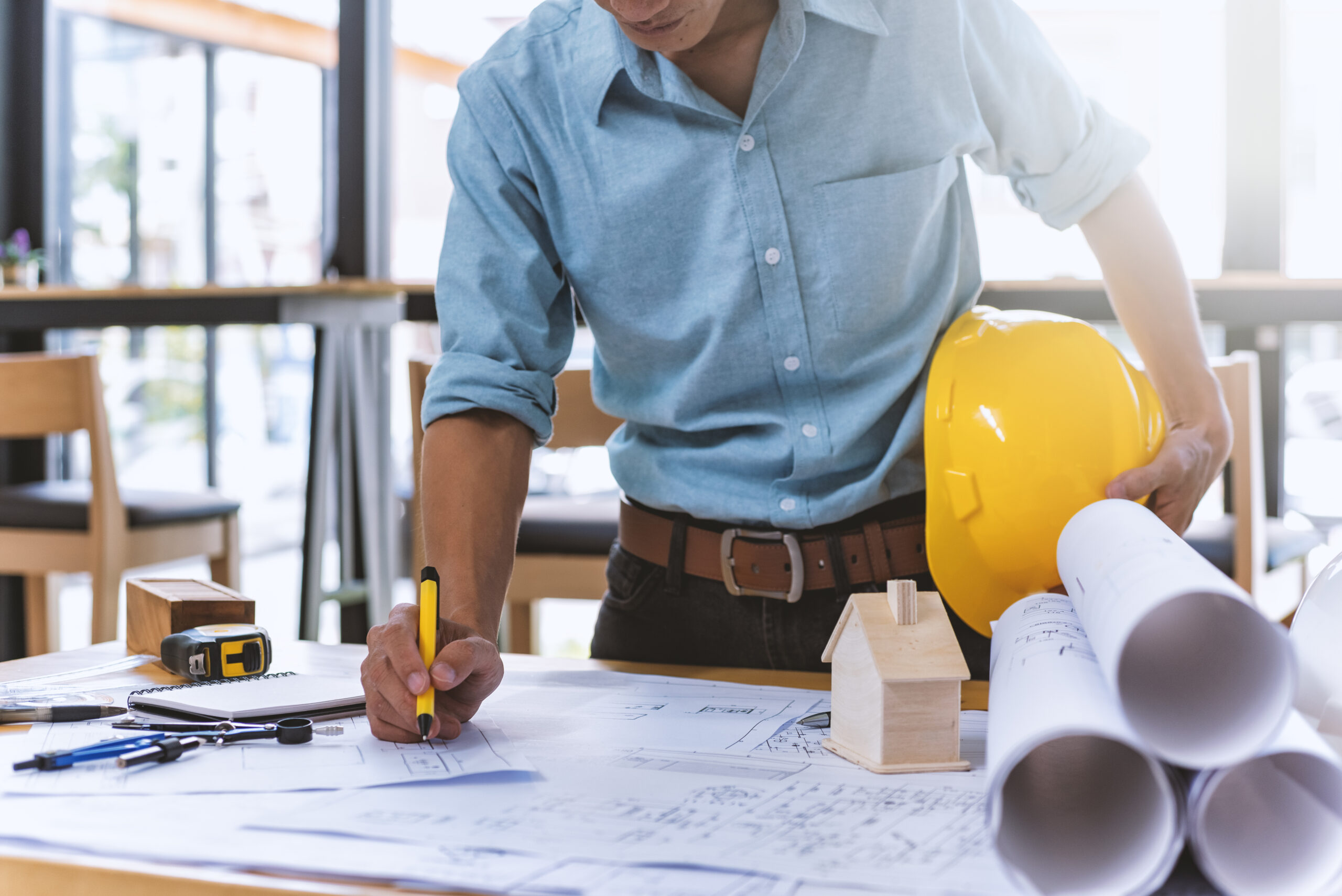
The Rise of Smart Materials in Construction Companies Omaha
Smart materials are revolutionizing construction by improving building intelligence and efficiency. These materials react to external factors like climate, energy, or stress, allowing structures to adjust automatically.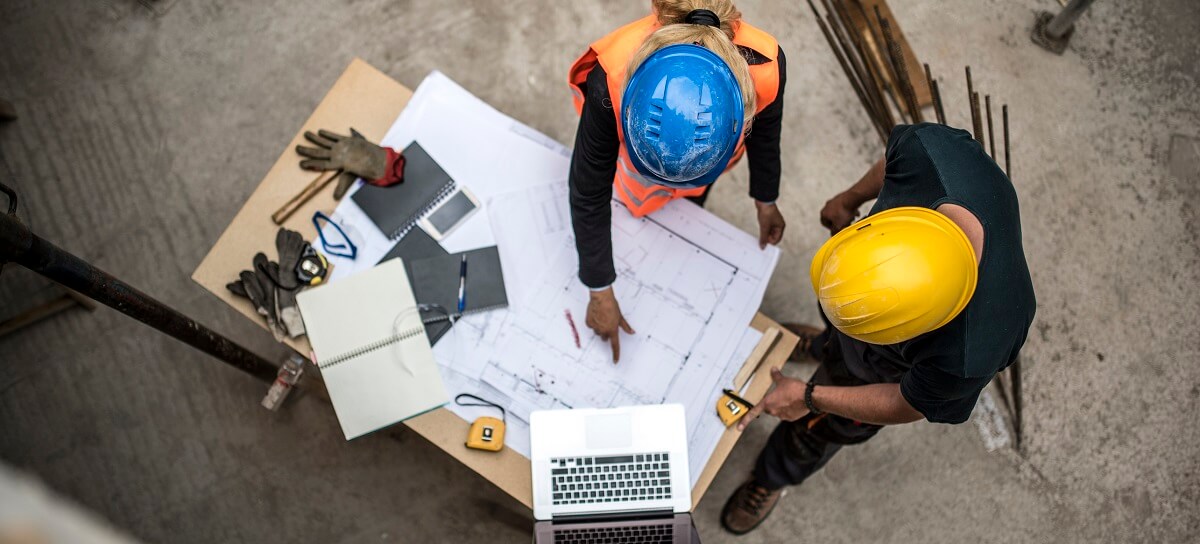 Smart concrete, for example, can fix its own cracks, cutting costly maintenance.
Smart concrete, for example, can fix its own cracks, cutting costly maintenance. Phase-changing materials help regulate indoor temperatures, lowering energy use.
Phase-changing materials help regulate indoor temperatures, lowering energy use.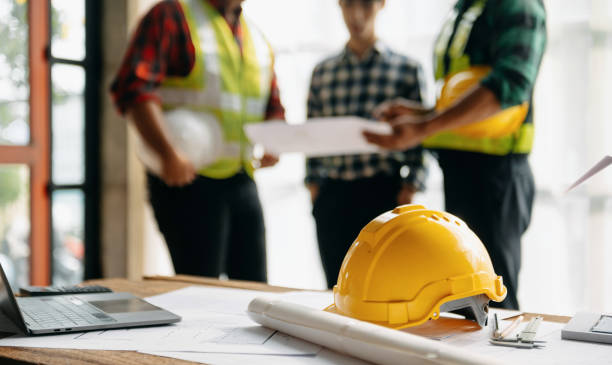 The use of such technologies not only increases the lifespan of infrastructure but also enhances occupant comfort. Engineers and designers are increasingly using smart materials into residential and commercial projects, ensuring that next-generation structures are both durable and eco-friendly.
The use of such technologies not only increases the lifespan of infrastructure but also enhances occupant comfort. Engineers and designers are increasingly using smart materials into residential and commercial projects, ensuring that next-generation structures are both durable and eco-friendly.
Eco-Friendly Alternatives Driving Sustainable Construction
Sustainability has become a core goal in modern construction, prompting the rise of sustainable materials designed to reduce environmental impact. Recycled steel, bamboo, and reclaimed wood are widely used for their renewability and minimal waste production. Additionally, bio-based composites and eco-cement are cutting greenhouse gas emissions. These materials offer impressive strength and versatility while aligning with ecological goals. Builders are opting for products that meet green certification standards and complement energy-efficient designs.
Recycled steel, bamboo, and reclaimed wood are widely used for their renewability and minimal waste production. Additionally, bio-based composites and eco-cement are cutting greenhouse gas emissions. These materials offer impressive strength and versatility while aligning with ecological goals. Builders are opting for products that meet green certification standards and complement energy-efficient designs.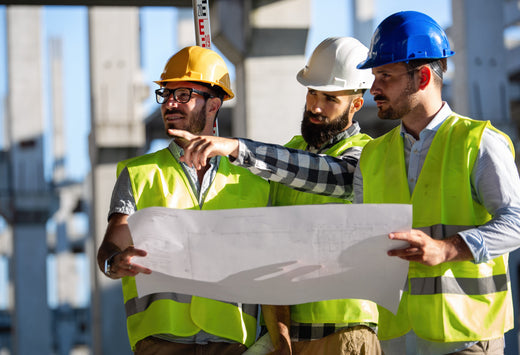 This commitment to sustainability is shaping the construction industry into a leader in environmental responsibility, paving the way for structures that promote healthier communities.
This commitment to sustainability is shaping the construction industry into a leader in environmental responsibility, paving the way for structures that promote healthier communities.
Advanced Concrete Innovations Enhancing Durability
Concrete remains a foundational material in construction, but modern innovations have made it more efficient and long-lasting. Self-healing concrete infused with bacteria can repair small cracks automatically when moisture enters, extending the structure’s life. High-strength concrete delivers unmatched strength and durability against harsh environmental conditions. These advancements lower maintenance costs and improve sustainability.
 Moreover, carbon-sequestering concrete helps trap emissions, contributing to a cleaner atmosphere.
Moreover, carbon-sequestering concrete helps trap emissions, contributing to a cleaner atmosphere.
Lightweight Composites Redefining Structural Design
Lightweight composites are reshaping construction by providing strength without the weight. Materials like polymer composites offer remarkable tensile strength and longevity, making them ideal for bridges and high-rise buildings. These composites ease transportation and installation, minimizing labor costs and improving project timelines.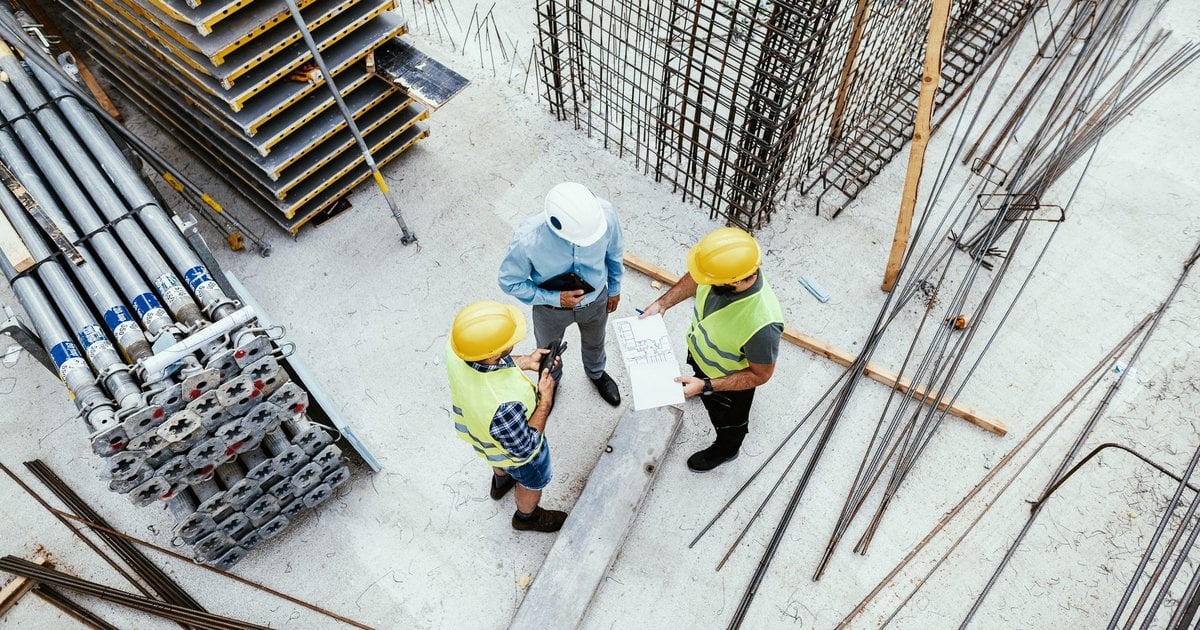
Transparent Wood and Its Role in Modern Architecture
Transparent wood is a cutting-edge material that blends the natural beauty of wood with the versatility of glass. By chemically treating wood fibers, scientists have created a durable, translucent material ideal for modern architectural designs. It lowers reliance on energy-intensive materials and boosts insulation. Transparent wood symbolizes the future of sustainable architecture, uniting beauty, functionality, and responsibility.
The Impact of 3D Printing on Construction Efficiency
3D printing is transforming construction by enabling faster, more precise, and cost-effective building methods. Entire structures and components can be built layer by layer with reduced waste. Using biodegradable materials further improves sustainability. This innovation cuts labor costs, accelerates timelines, and makes possible complex custom designs.
Nanotechnology Advancing Material Performance
Nanotechnology is innovating in construction by improving strength, insulation, and self-cleaning properties. Nanomaterials like nano-silica are used in various applications to improve performance. Self-cleaning glass, stronger concrete, and efficient insulation are just a few uses that show how microscopic technology is elevating the built environment.
Future Prospects of Smart Construction Materials
The future of construction depends on smart materials that integrate technology, sustainability, and adaptability. From responsive glass to self-sensing composites, the next generation of buildings will analyze their environment in real time.
From responsive glass to self-sensing composites, the next generation of buildings will analyze their environment in real time. Integrated with IoT systems, these materials create intelligent infrastructure designed for efficiency and safety.
Integrated with IoT systems, these materials create intelligent infrastructure designed for efficiency and safety.
Conclusion
The advancement of modern materials is redefining construction, making buildings more efficient, eco-friendly, and more resilient. For reliable construction services that emphasize innovation and quality, trust PSC Construction, Inc. in Blair, NE. Call (402) 426-0260 to discuss your next project and see craftsmanship built to last.
